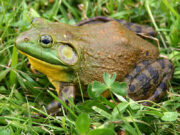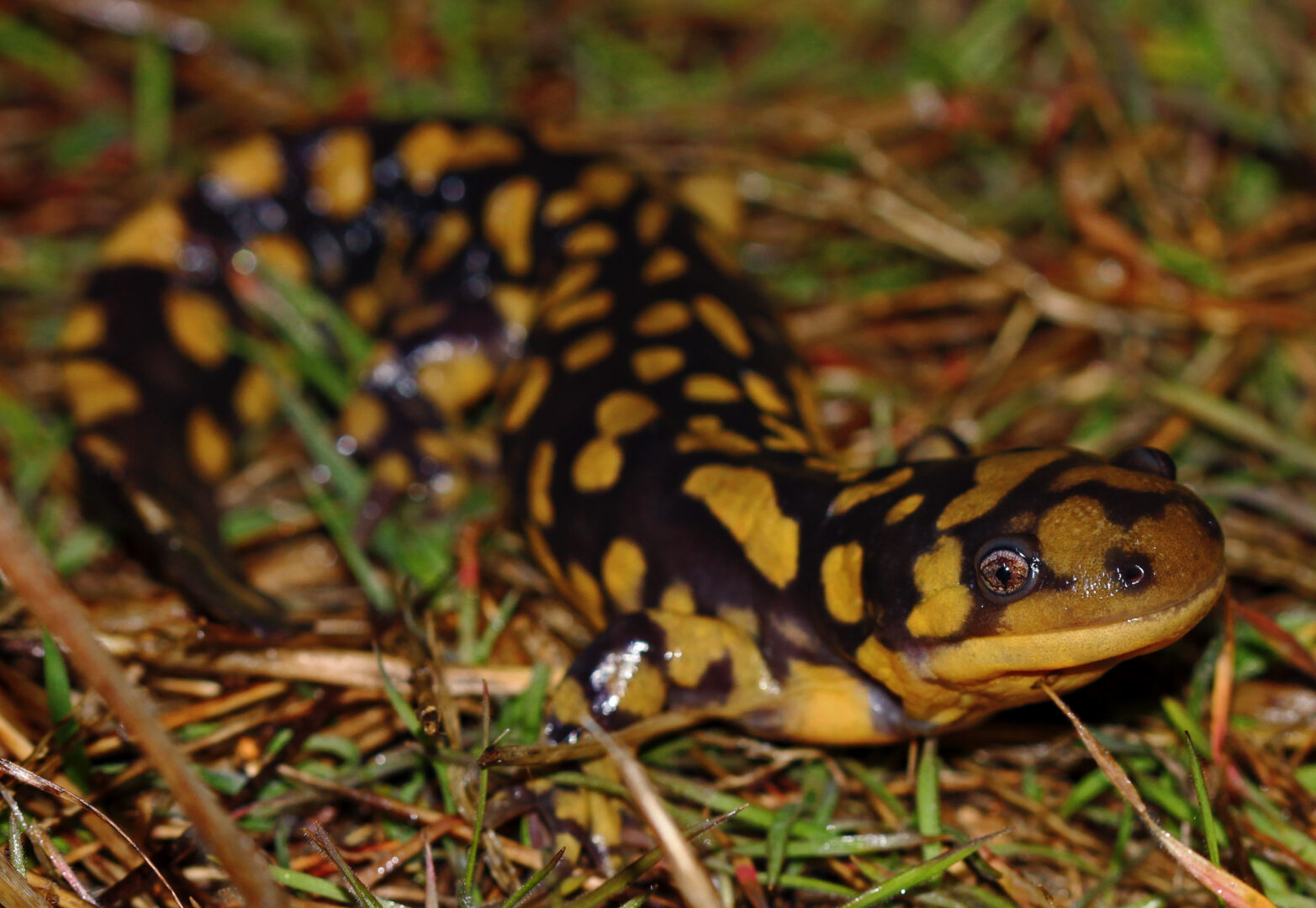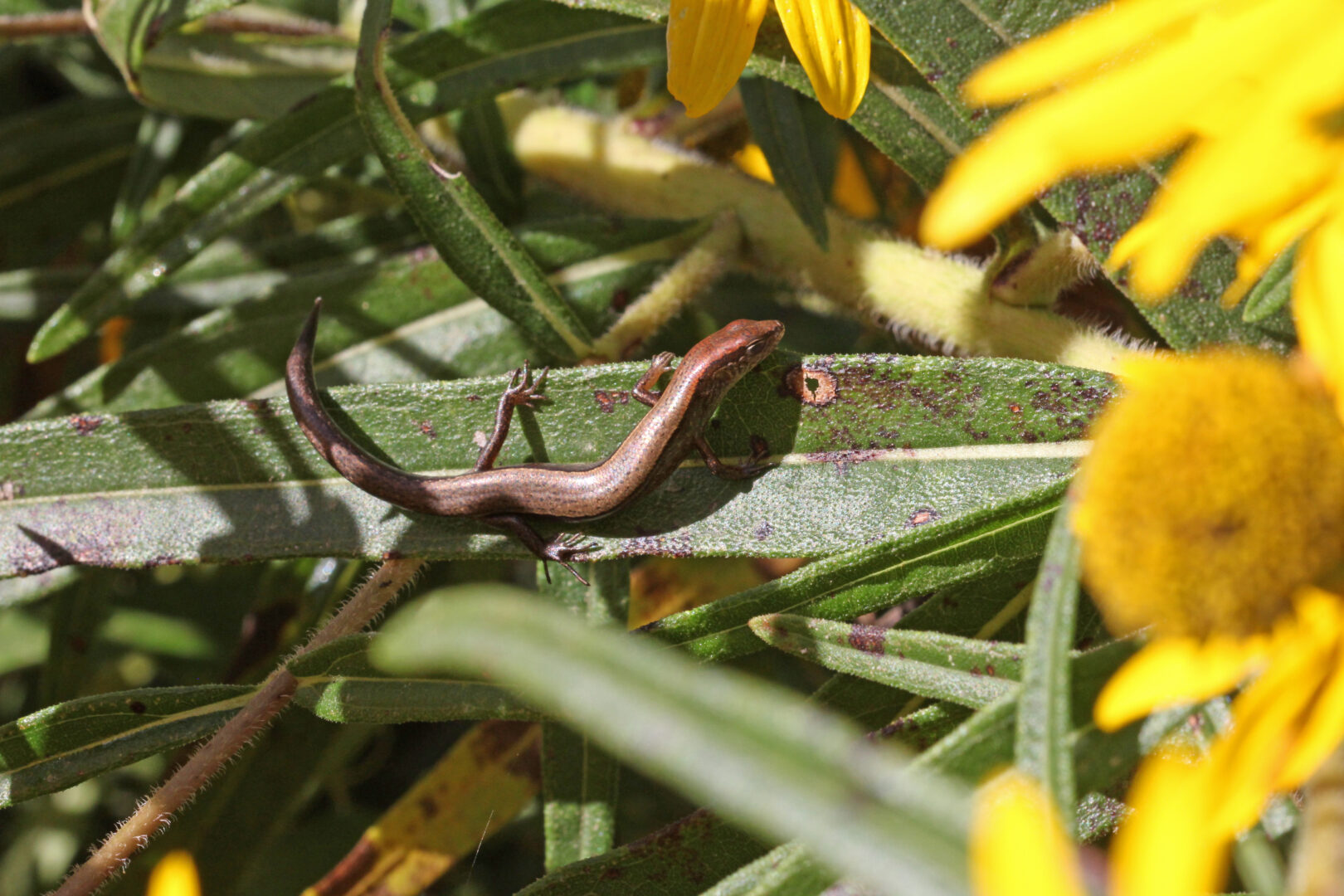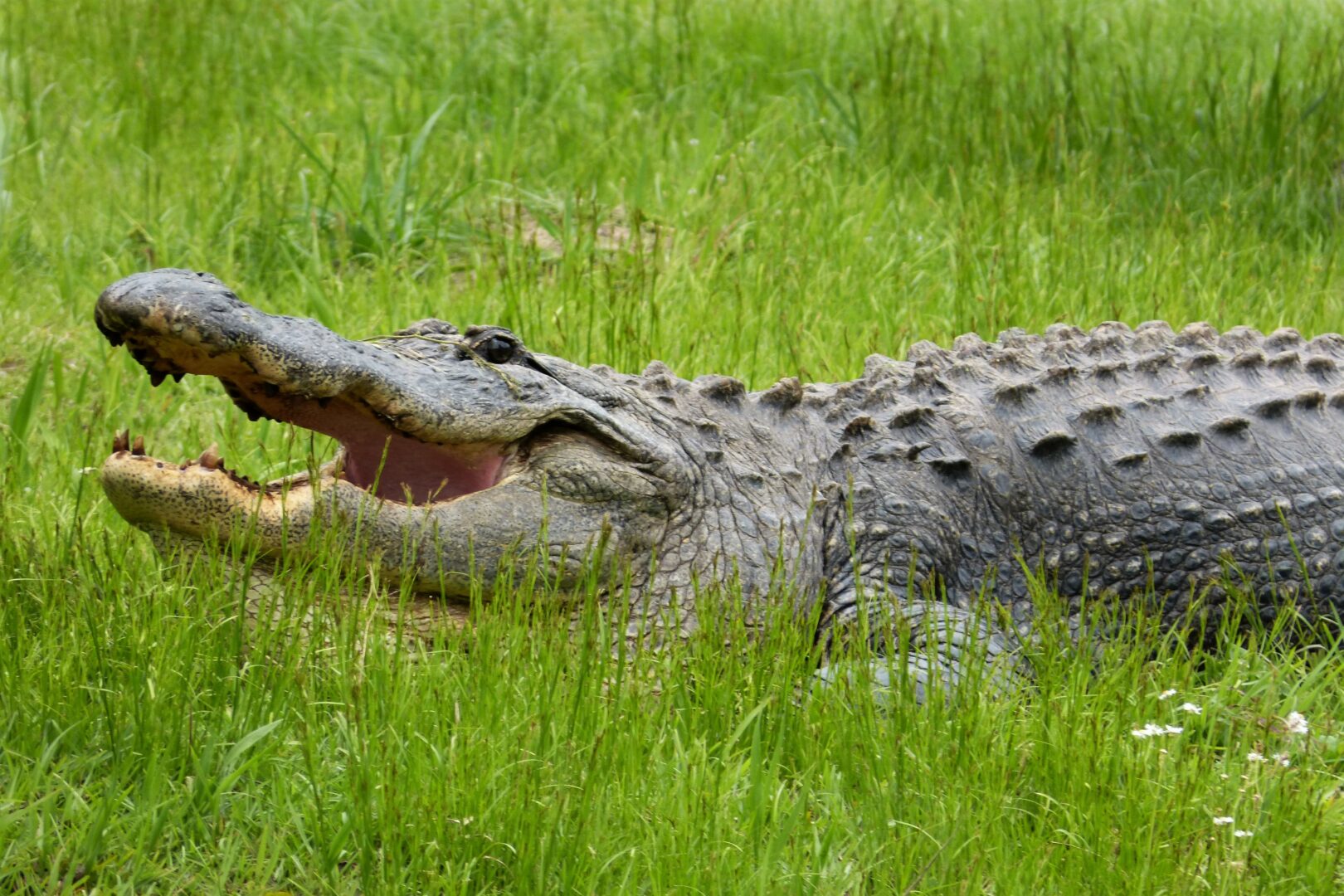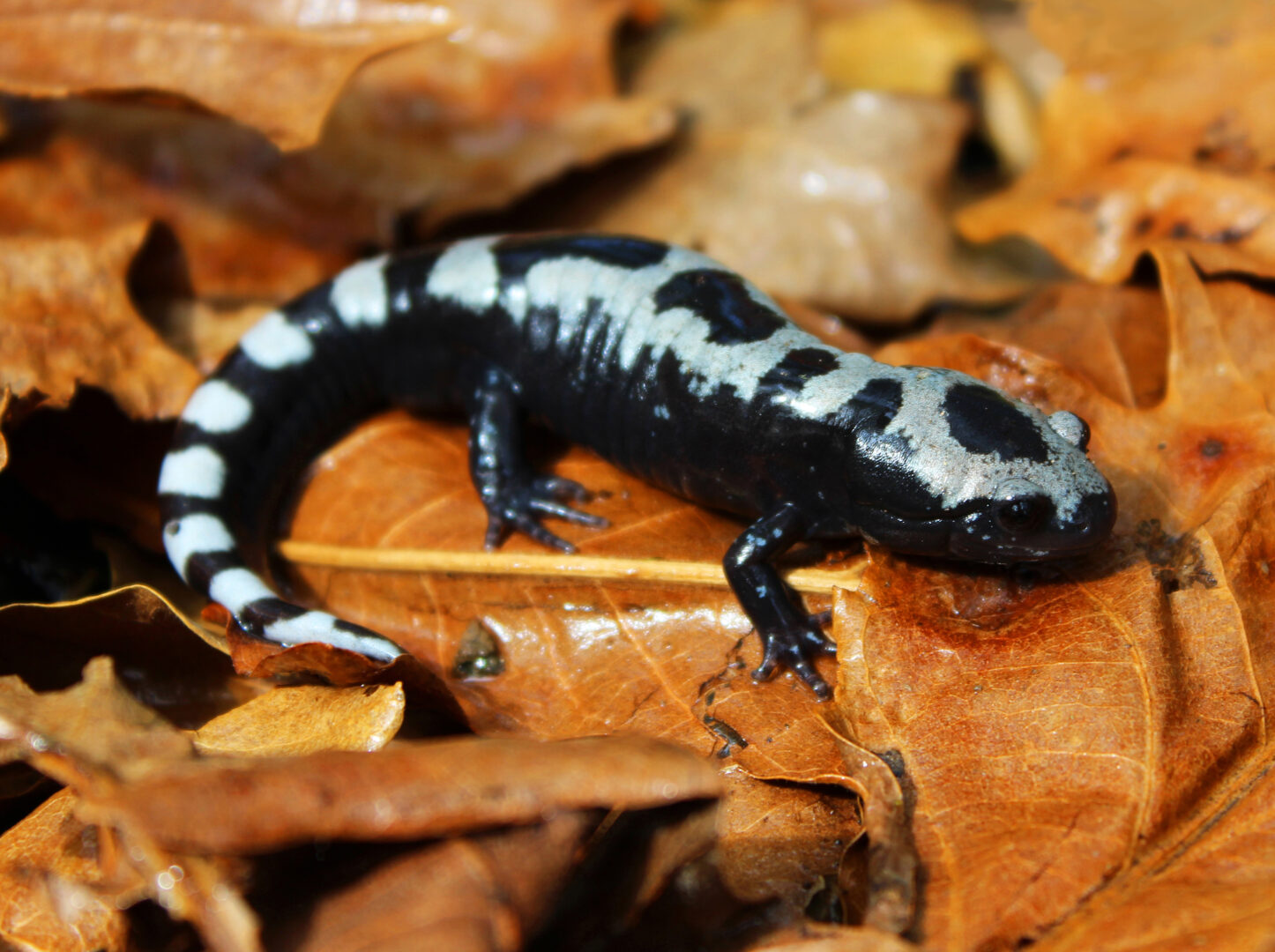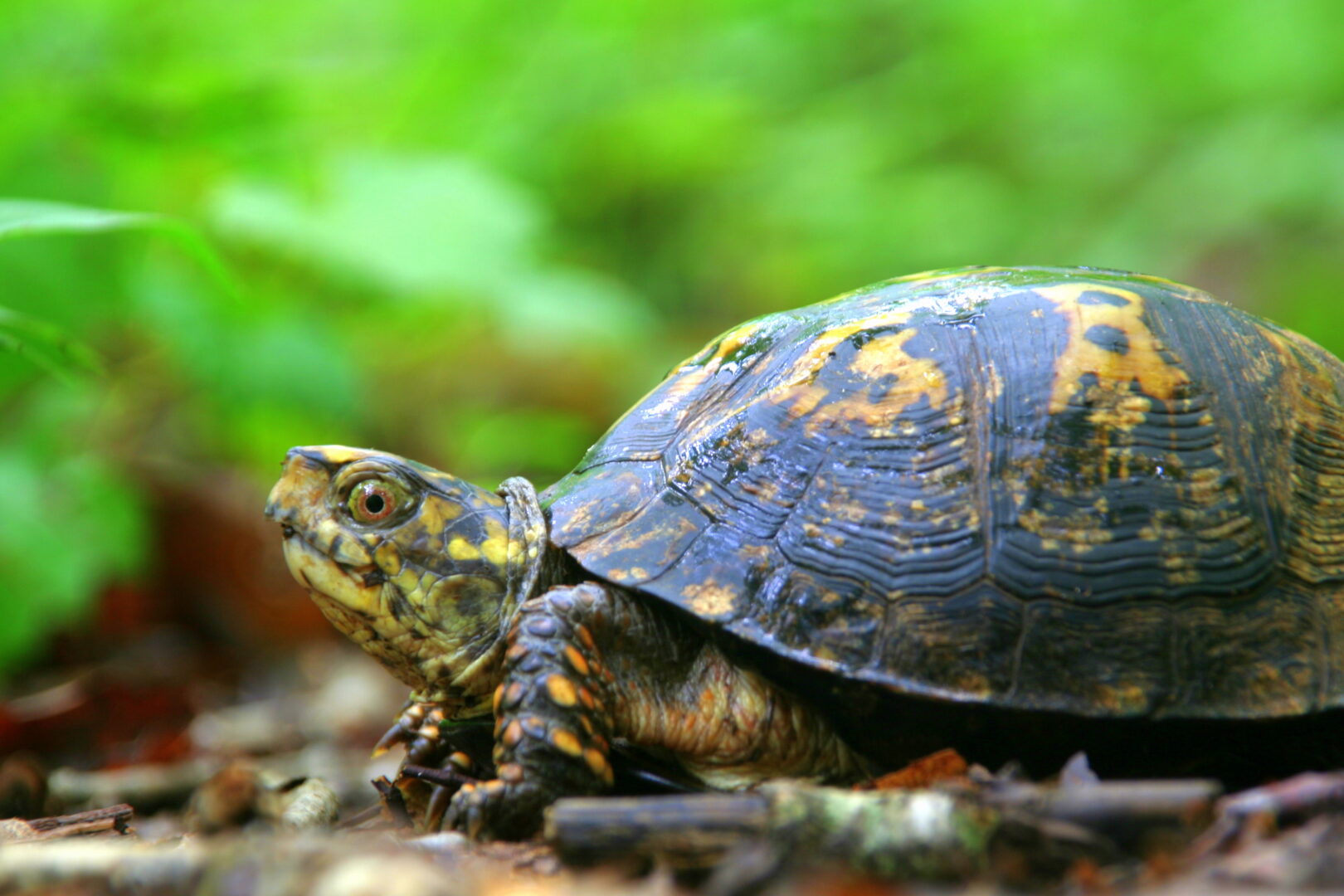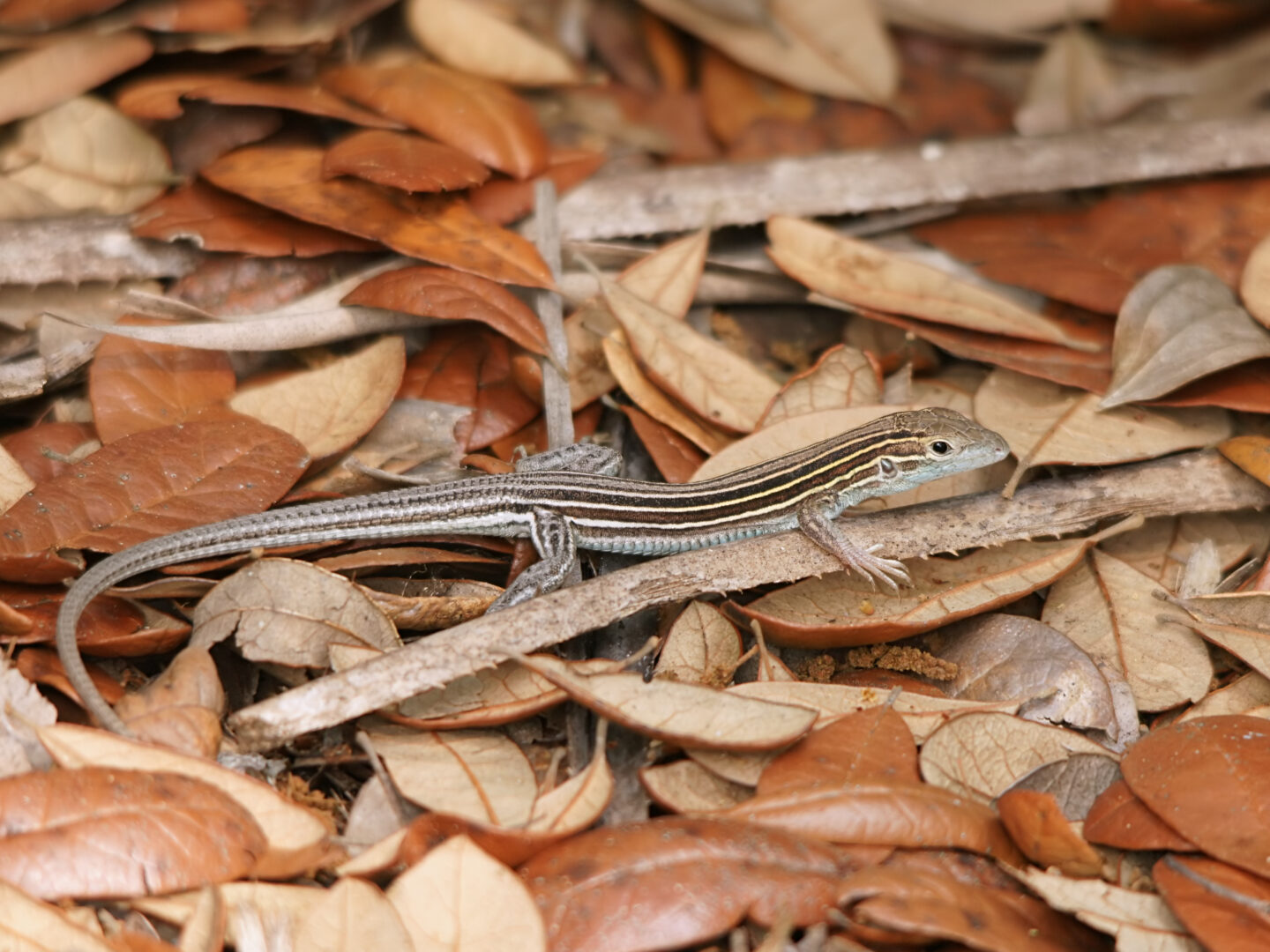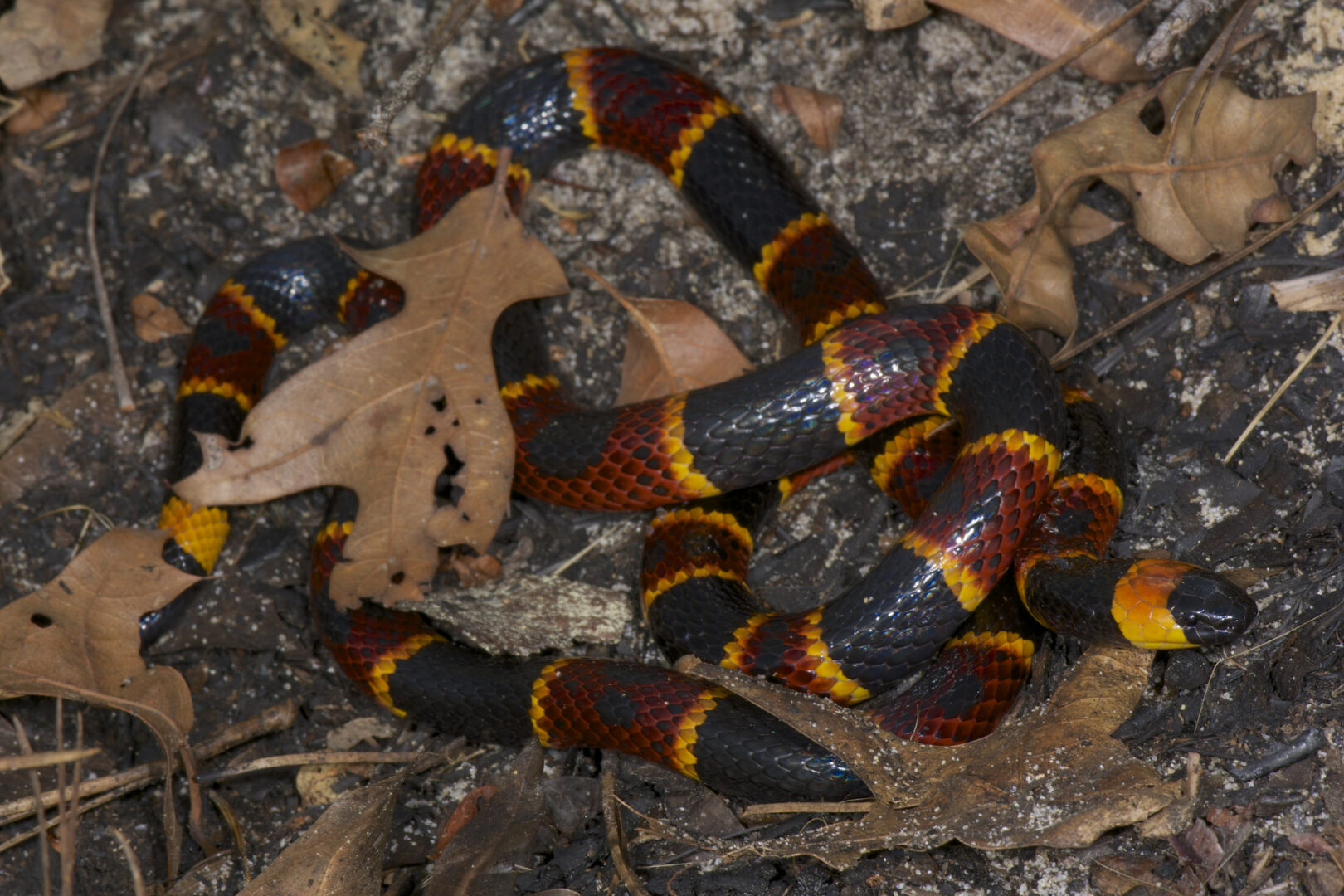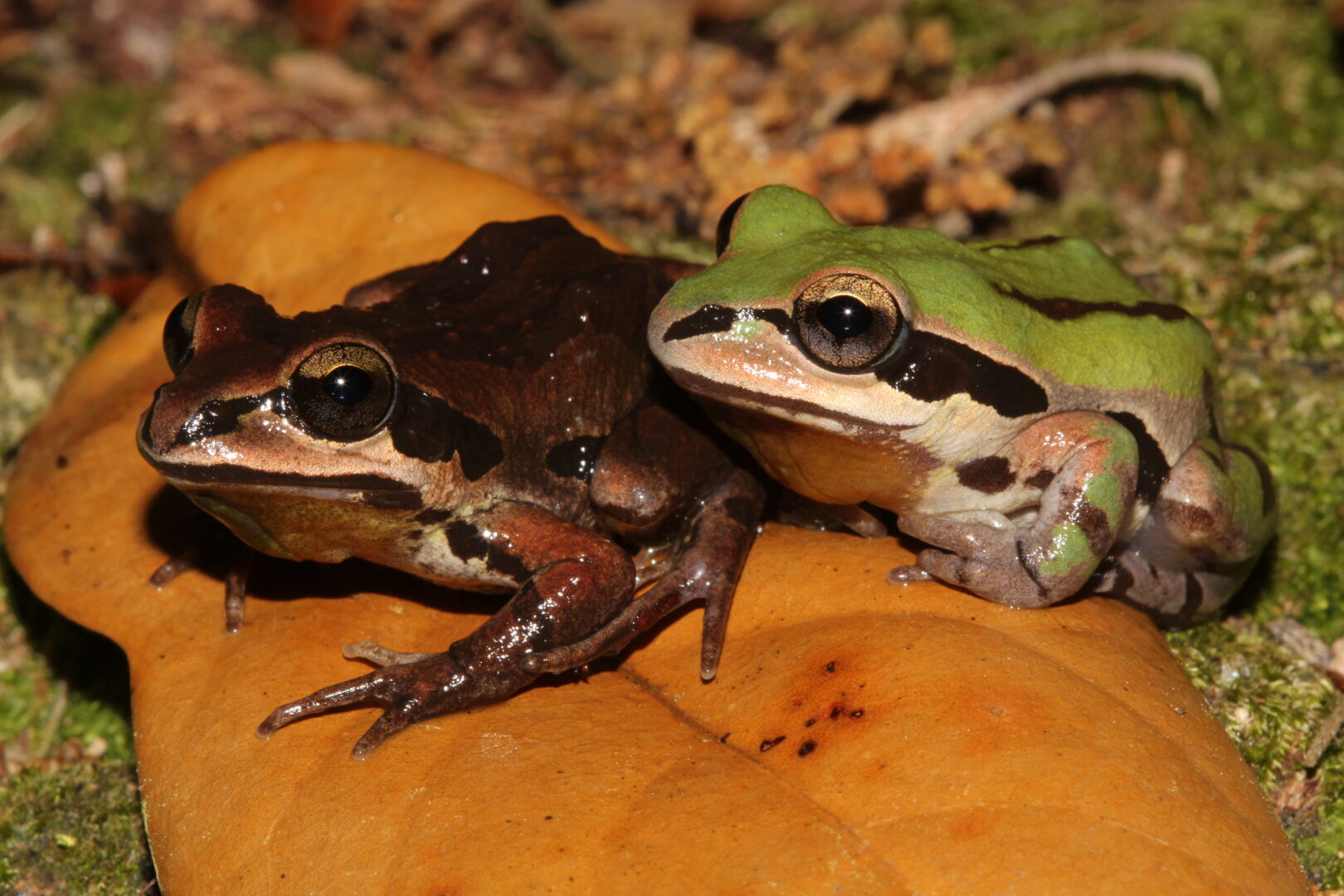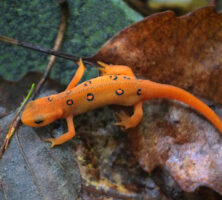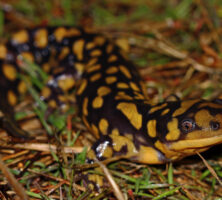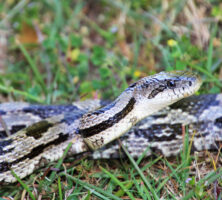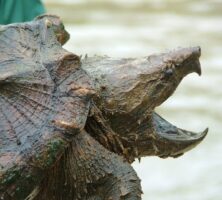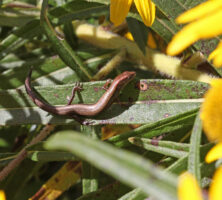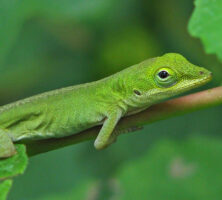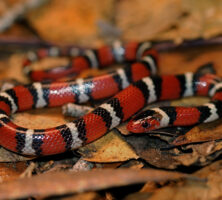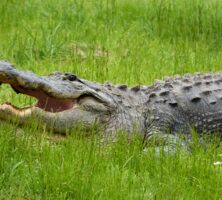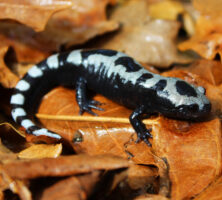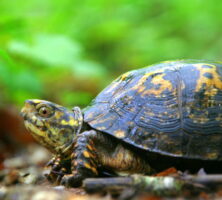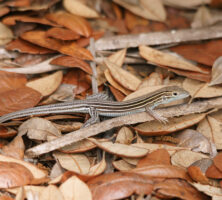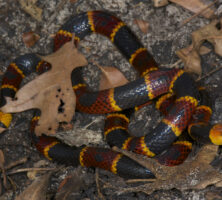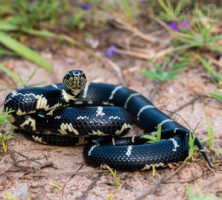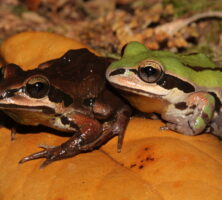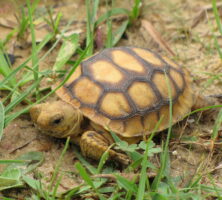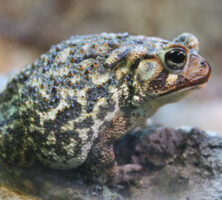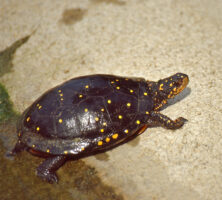The richest biodiversity of reptile and amphibian species (herpetofauna) in the United States is concentrated in the Southeast. Home to more than 150 species of herpetofauna, Georgia ranks high among the states in total number of native species. One reason for the great herpetofaunal diversity in Georgia is that the state hosts many different terrestrial and aquatic habitats, including upland and bottomland mixed pine and hardwood forests, mountain coniferous forests, pine flatwoods, cypress–tupelo gum swamps, sandhills, streams, rivers, isolated wetlands, and caves, as well as salt marshes, coastal islands, and the ocean. The extensive habitat diversity, coupled with a moderate climate, is ideal for supporting a wide variety of reptile and amphibian species.
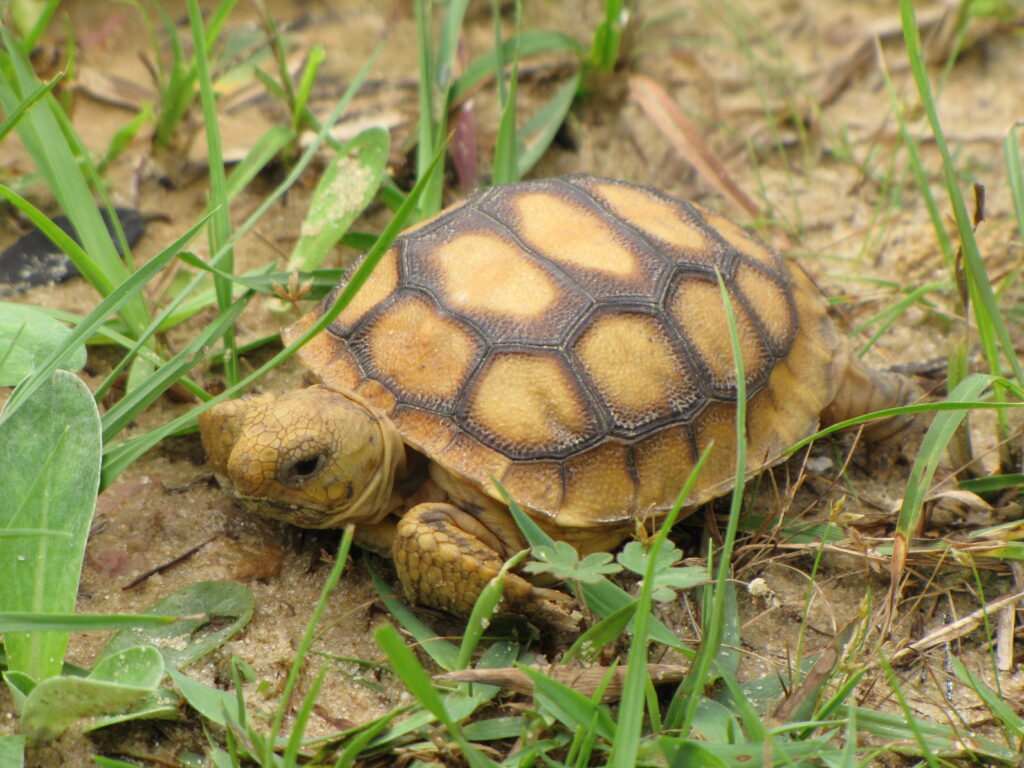
Amphibians
Georgia is home to approximately eighty species of amphibians, including at least fifty different kinds of salamanders. On the Coastal Plain are the giant salamanders, sirens and amphiumas, which can reach lengths of more than three feet, and the equally massive hellbender (Cryptobranchus alleganiensis), found in mountain trout streams. The numerous woodland salamanders of the southern Appalachian Mountains of Georgia and neighboring states give this region the highest salamander diversity in the world. The unusual Pigeon Mountain salamander (Plethodon petraeus) is found nowhere else except in an area of northern Georgia. The limestone and cave-rich portion of southwest Georgia is home to the bizarre albino and eyeless Georgia blind salamander (Haideotriton wallacei). Thirty native species of frogs (as well as the greenhouse frog [Eleutherodactylus planirostris], native to the Caribbean) are found in the state, including several species of tree frogs, chorus frogs, and toads. The bullfrog (Rana catesbeiana), pig frog (Rana grylio), and seldom-seen river frog (Rana heckscheri) are the largest species. The little grass frog (Pseudacris ocularis) of southern Georgia is the smallest frog species in the country and one of the smallest vertebrates in the world. Each of Georgia’s frog species emits a unique vocalization that they use to attract mates, just as birds do, although frogs are more typically heard at night.
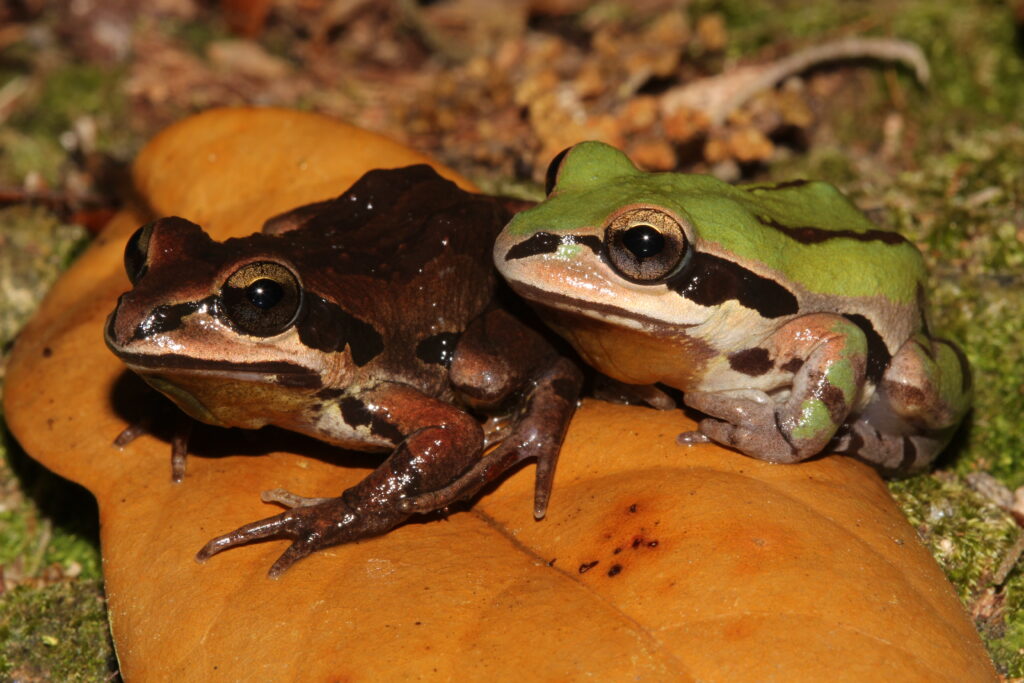
Reptiles
American alligators (Alligator mississippiensis) are native to Georgia and are a common sight in many rivers, freshwater lakes, and ponds of the southern and coastal regions of the state. Georgia also claims twenty-seven species of turtles (including five species of sea turtle) that live in a variety of habitats. Many are aquatic species found in rivers or lakes, although some, such as the chicken turtle (Deirochelys reticularia), persist in small, isolated wetlands that may dry up during the summer. The alligator snapping turtle (Macrochelys temminckii), the largest freshwater turtle in North America, is found in rivers in the southwestern part of the state. The loggerhead sea turtle (Caretta caretta) commonly nests on Georgia beaches, including Cumberland Island. The gopher tortoise (Gopherus polyphemus), a common resident in sandy areas of southern Georgia, is an important terrestrial species because its deep, underground burrows serve as refuges for many other animal species as well. (The gopher tortoise also happens to be the state reptile of Georgia.)
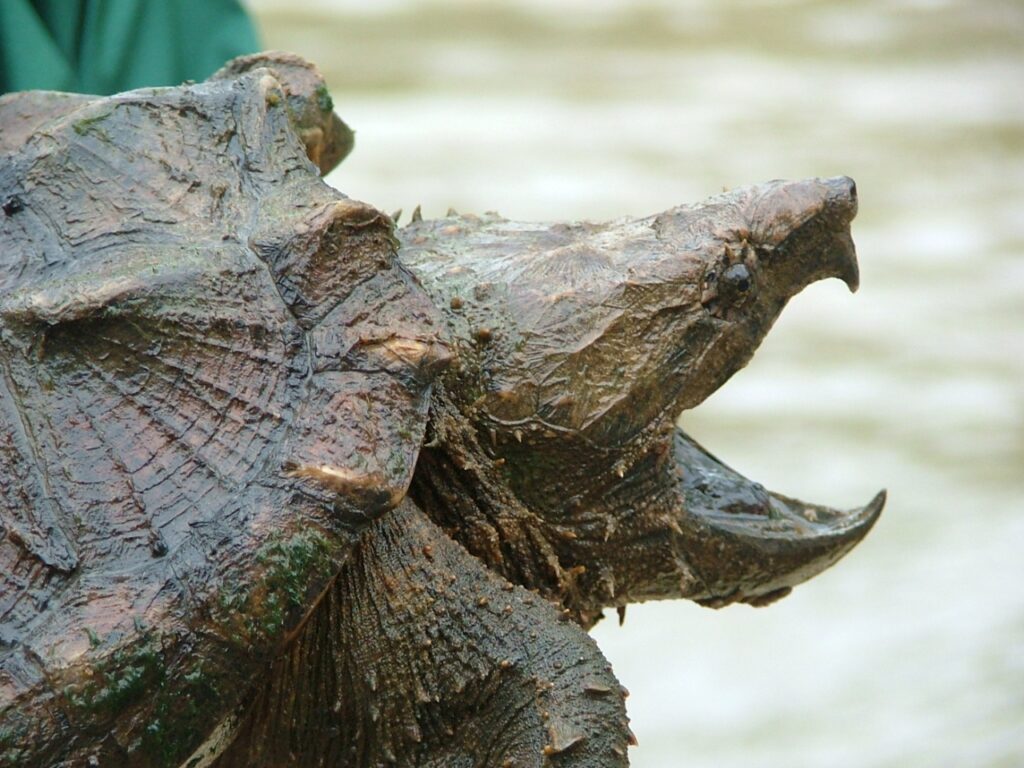
Like other eastern states, Georgia has only a few species of lizards, six of which are skinks. Some skinks are readily recognizable by the bright blue tails on the juveniles and the large red heads of the adult males in the springtime. Four Georgia species, the so-called glass lizards (Ophisaurus), are highly unusual in being legless. They can be distinguished from snakes because they have eyelids and ear openings. The Florida worm lizard (Rhineura floridana), which belongs to a lizardlike reptile group known as amphisbaenians, has recently been discovered in southern Georgia. This small species, which resembles an earthworm, lives permanently underground in sandy regions. Two species of nonnative lizards, the brown anole (Anolis sagrei) from the Caribbean and the Old World Mediterranean gecko (Hemidactylus turcicus), have established breeding populations in Georgia. Like the greenhouse frog, they are becoming common in some coastal areas of the state.
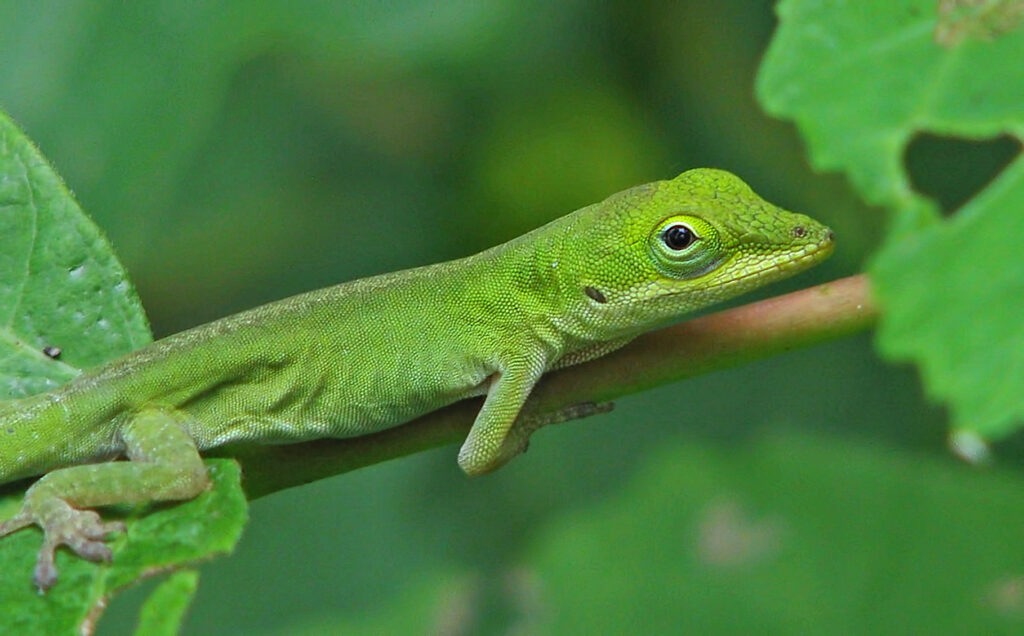
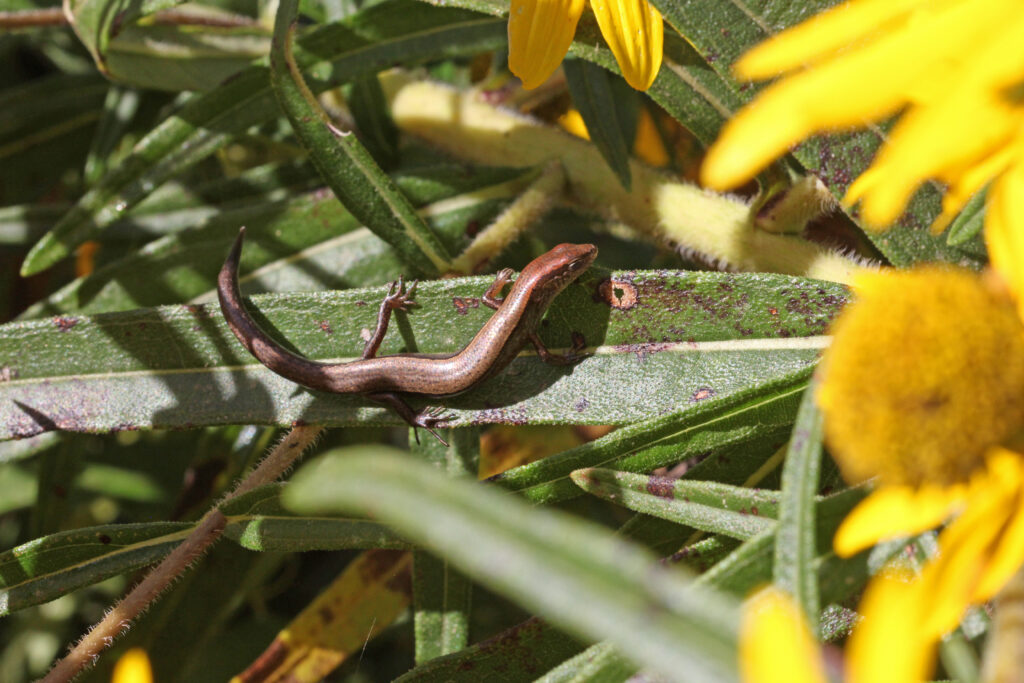
Georgia has a rich biodiversity of snakes, with forty-one native species now documented. Most species are harmless, but five (three rattlesnakes, the copperhead, and the cottonmouth), belong to the pit viper family (Crotalidae) and are venomous. The rare coral snake, also venomous, belongs to the cobra family (Elapidae). The largest U.S. snake, the eastern indigo snake (Drymarchon corais couperi), is native to southern Georgia. Georgia snakes include some strikingly beautiful species, such as the mud (Farancia abacura) and rainbow (Farancia erytrogramma) snakes that are shiny black above with bright red or yellow below, and the scarlet kingsnake (Lampropeltis triangulum) encircled with yellow, red, and black rings. Many of Georgia’s snakes, such as the eastern worm snake (Carphophis amoenus), ringneck snake (Diadophus punctatus), and southeastern crowned snake (Tantilla coronata), are so small and inoffensive that people seldom see them.
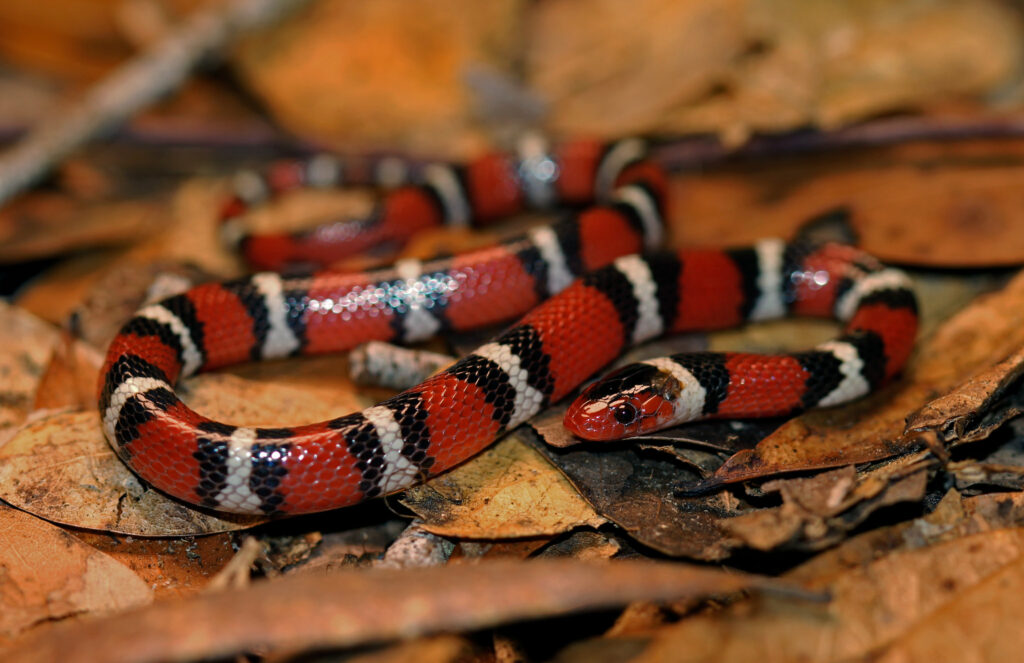
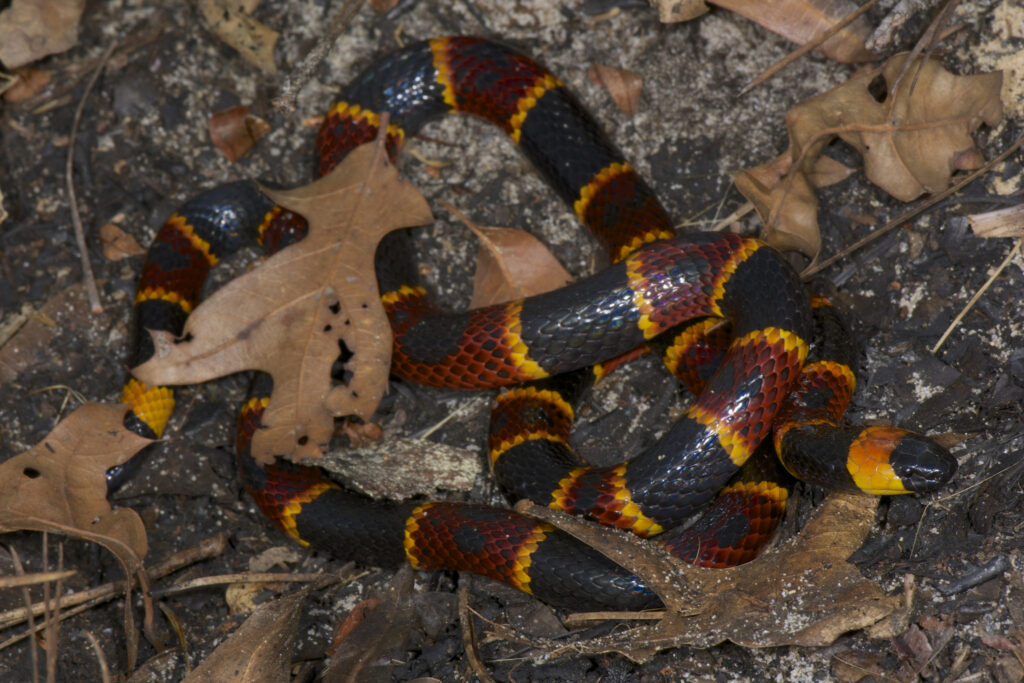
Potentially Harmful Species
Most Georgia species of reptiles and amphibians are harmless to humans, and even those that can cause injury do so only in self-defense. Alligator attacks occasionally occur in the southern portions of the state, mostly as a consequence of nuisance alligators that have been fed (illegally) by humans and therefore do not behave in their normally shy manner when a person is present. Also, female alligators with eggs or babies will sometimes advance toward a person with a threat display intended to drive an intruder away. Simply retreating a few feet away from the area is usually the best way to avoid an attack.
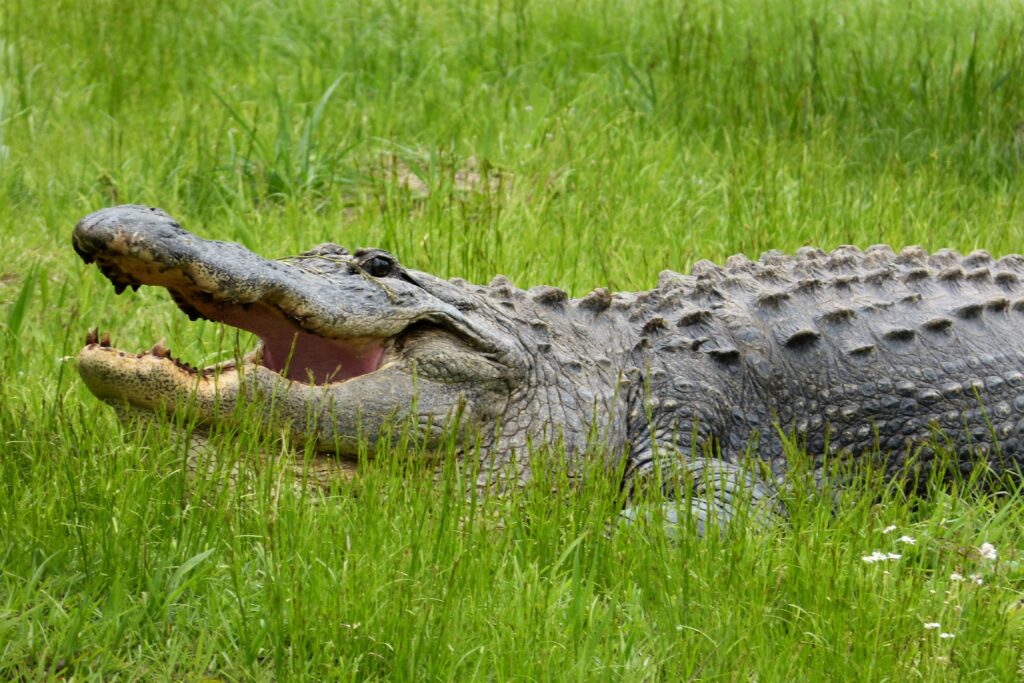
All of Georgia’s six species of venomous snakes will defend themselves if threatened, but lethal or even serious bites are remarkably rare. Most snakebites in Georgia are from the copperhead, but with proper medical treatment most victims survive with minimal injury. When a venomous snake is encountered in the wild, the safest approach is to move away. No Georgia snake will chase a human with intent to bite. The majority of Georgia snakebites occur when someone picks up, harasses, or tries to kill the snake.
Commercial Value
Although many reptiles and amphibians have significant commercial value for the pet, meat, or skin trade in some parts of the world, Georgia’s native species have mostly minor impact. Salamanders (so-called spring lizards) are sold as fish bait in some regions of the state, a practice that can damage local salamander populations because of the destructive collecting techniques used. Turtles, especially snapping turtles, are removed in some areas for sale to restaurants and meat markets, although the full impact of such operations in Georgia has not been determined. Rattlesnake roundups have been a historical part of some communities in southern Georgia, but only two (in Whigham and Claxton) continued to operate into the twenty-first century. Although these events are an economic boon to the local communities, serious conservation concerns exist about the impact roundups have on rattlesnake populations, as well as on populations of their burrow host, the gopher tortoise.
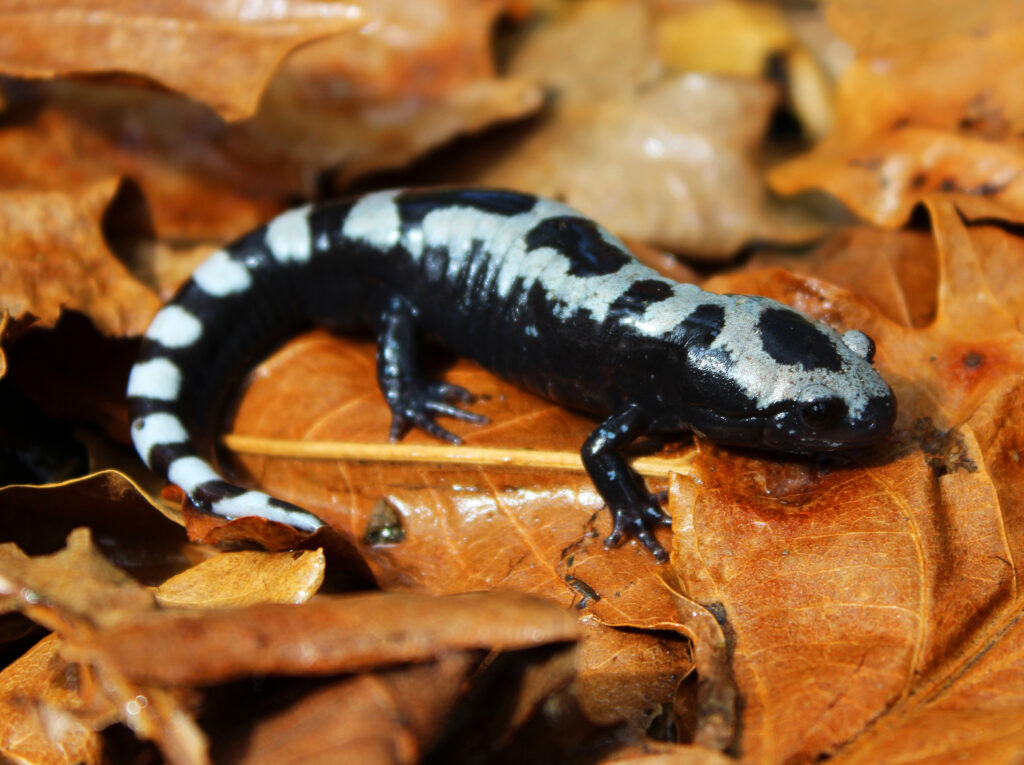
Conservation Issues
Herpetofauna have many traits that cause people to support conservation measures on their behalf. Ecologists and wildlife managers have recognized for many years that a vital interconnectedness exists among habitats within an ecosystem and the native species that inhabit them. This is particularly true of reptiles and amphibians, because most species serve as both predators and prey, depending upon their size and life stage. Many species of snakes, including rattlesnakes and copperheads, are rat and mouse eaters and are therefore valuable in rodent control. Amphibians are important in forest stream ecosystems and provide more energy to the forest food chain than either birds or mammals. Many turtles are efficient scavengers in aquatic systems, removing dead fish, amphibians, and other organisms. Frogs consume large quantities of insects, many of which are harmful to humans.
Public attitudes toward and support for herpetofauna have historically been neutral or negative, but a positive trend in interest and attitudes has developed in many southern states, including Georgia. Environmental education programs in Georgia and surrounding states have informed the populace about the environmental role and importance of all reptiles and amphibians. The founding meeting of Partners in Amphibian and Reptile Conservation, the national conservation effort for herpetofauna, was held in Georgia at the Joseph W. Jones Ecological Research Center, and the first national meeting was held in Atlanta in June 1999—indicators of both high herpetofaunal biodiversity and regional interest in reptiles and amphibians.
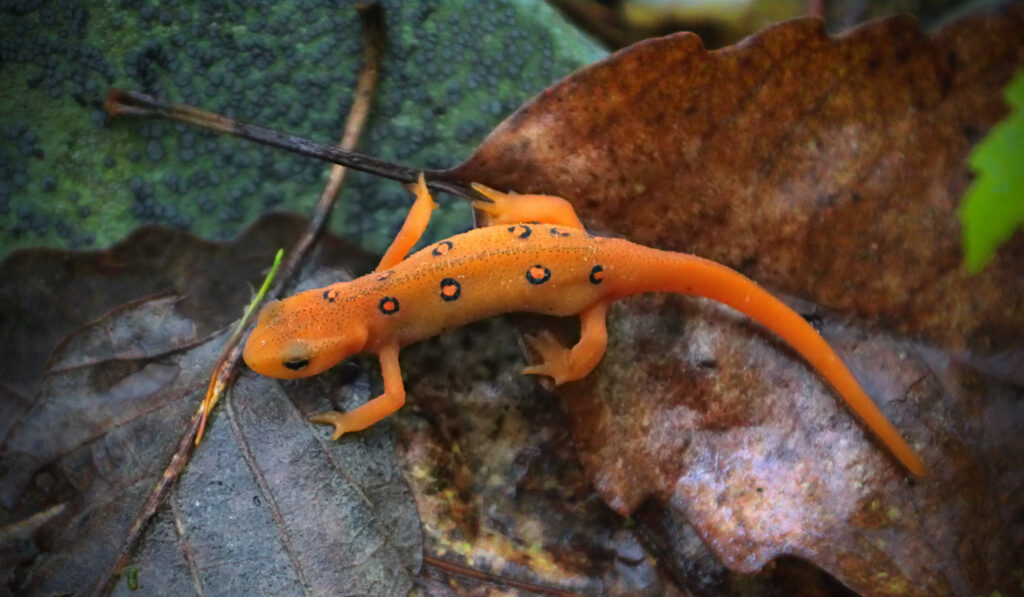
Endangered Species
Georgia is home to many species of protected reptiles and amphibians. According to the federal Endangered Species Act (ESA), an endangered species is one that is in danger of extinction throughout all or part of its range, whereas a threatened species is one likely to become endangered in the foreseeable future throughout all or parts of its range. Heavy fines and imprisonment can result from improper treatment of federally endangered or threatened species.
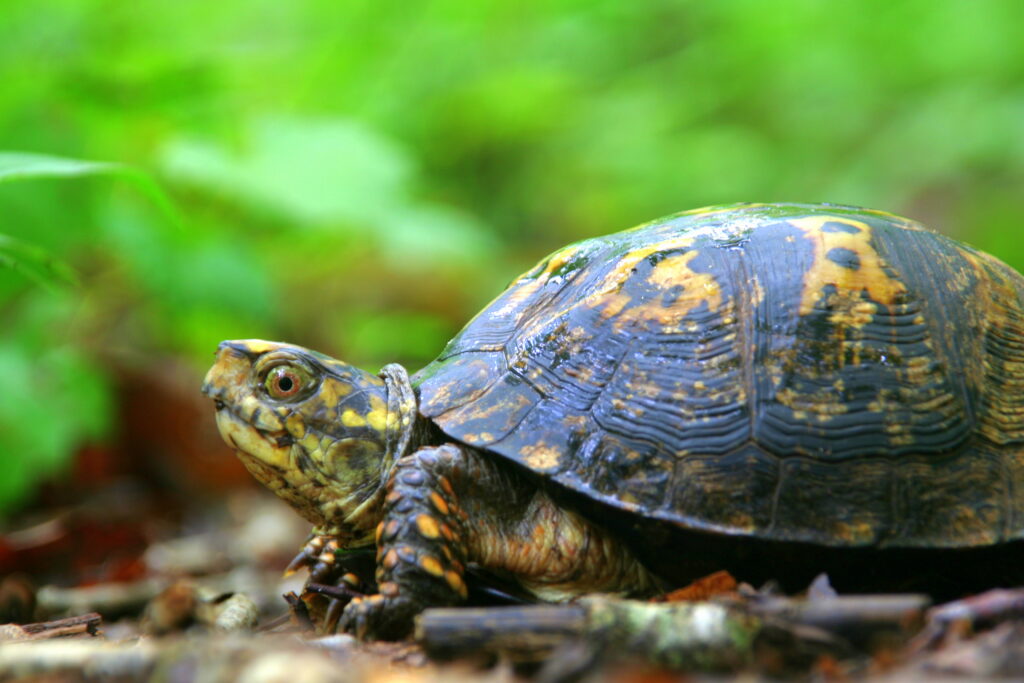
Some of the state’s federally protected reptiles are sea turtles, three of which are classified as endangered (hawksbill [Eretmochelys imbricata], Kemp’s ridley [Lepidochelys kempii], and leatherback [Dermochelys coriacea] sea turtles) and two as threatened (green [Chelonia mydas] and loggerhead sea turtles). Another Georgia reptile that is given federal protection is the eastern indigo snake. The only amphibian with federal protection under the ESA is the flatwoods salamander (Ambystoma cingulatum).

In addition to the federally protected reptiles and amphibians, six species of turtles and six species of salamanders are protected by the state Endangered Wildlife Act. Although not considered rare, threatened, or endangered species, box turtles, lizards, and nonvenomous snakes are also protected, but by other state legislation.


